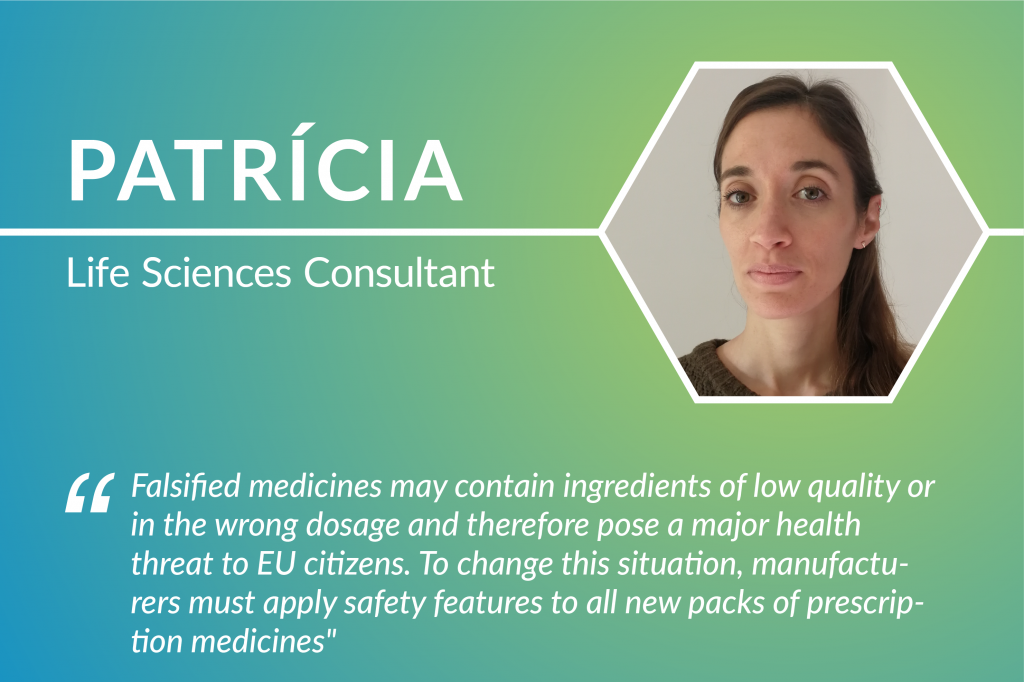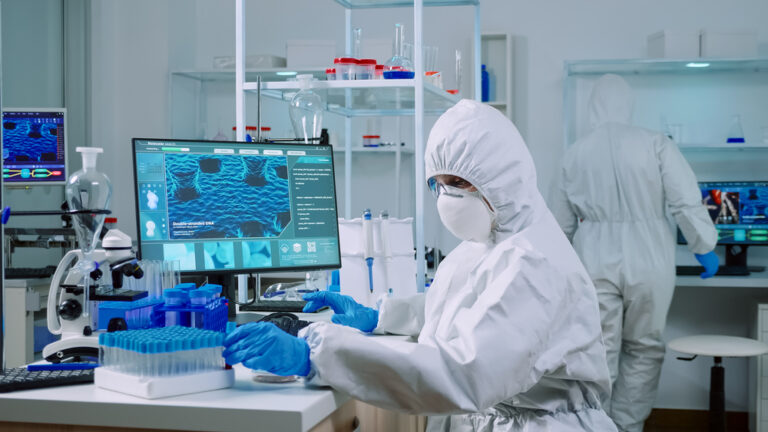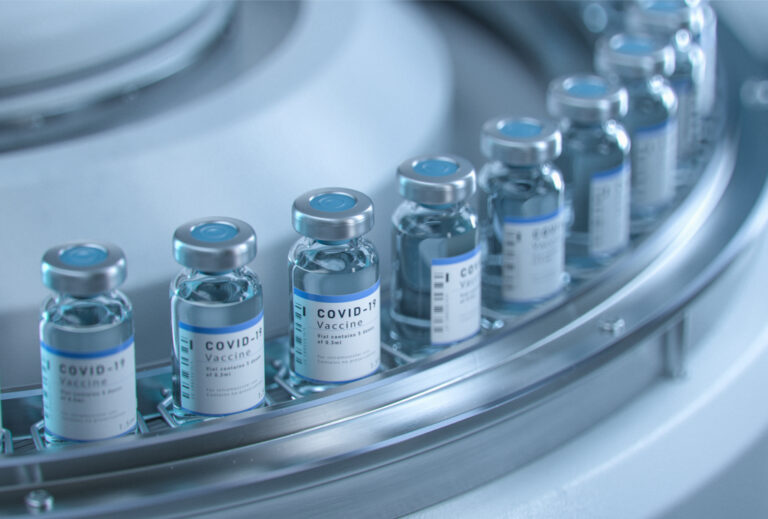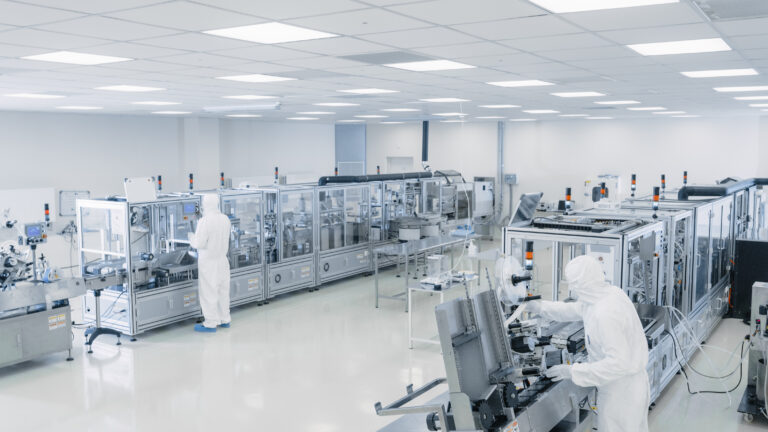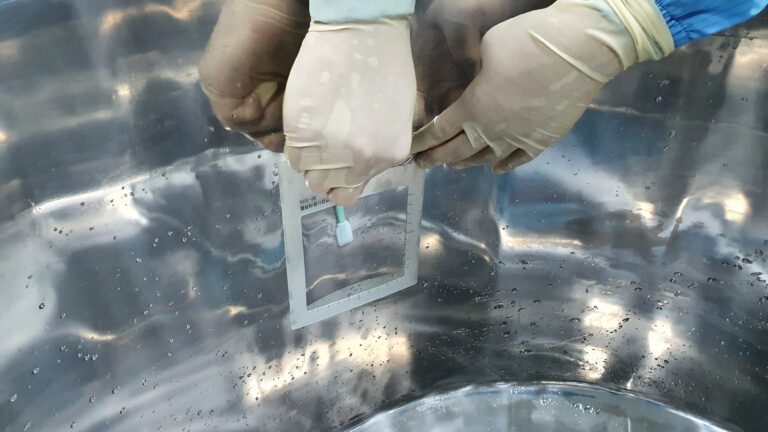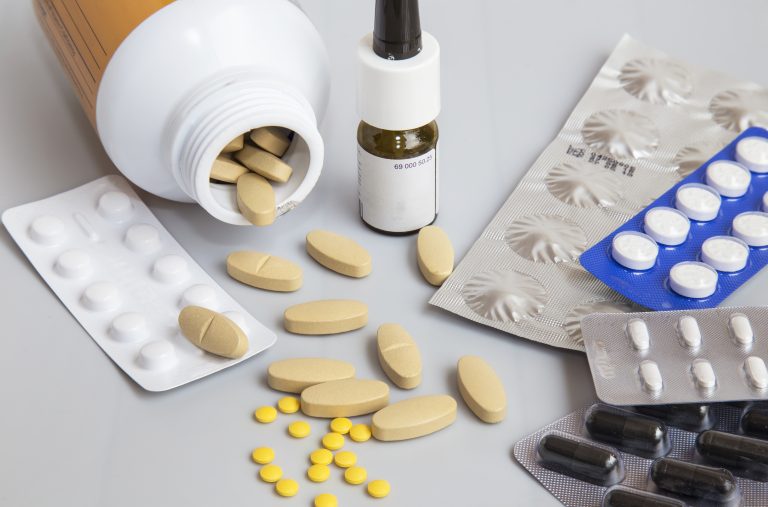Patricia, Life Sciences Consultant.
The falsified medicines have existed for decades consequently, the pharmaceutical industry has felt the need to do something about it.
On 9 th February 2019, the European Union’s Falsified Medicines Directive 2011/62/EU came into force. The aim of this regulation is to improve the security and delivery of medicines throughout Europe by introducing new requirements for manufacturers.
The falsified medicines are fakes to copy real medicines and get into the supply chain, often via the Internet. The EU uses the term “falsified medicines” to differentiate these from counterfeits. Those are copies of marketed drugs that contain the right active ingredient but that infringe the companies’ patents or trademarks.
Falsified medicines may contain ingredients of low quality or in the wrong dosage – either too high or too low. So, therefore, pose a major health threat to EU citizens.
Serialization and Coding Requirements for the European Market
To change this situation and to give European citizens safe, high quality and effective medicines, manufacturers must apply two safety features to all new packs of prescription medicines:
– Unique Identifier (UI), in the form of a 2D data matrix (barcode) which can be scanned at various points along the supply chain to determine its authenticity.
– Anti-Tampering Device (ATD) to avoid the manipulation of the packs.
What is the composition of the new data Matrix Code?
– Product Code – GTIN (14 characters) that identifies at least the name, common name, pharmaceutical form, dosage, size and type of packaging of the medicinal product;
– Serial Number (alphanumeric maximum of 20 characters).
– Batch Number (alphanumeric maximum 20 characters).
– Shelf Life (6 digits with AAMMDD structure).
– National Registration Number (when the Member State of the located market requires it).
What is the human-readable format printed at boxes?
-PC: Product code (GTIN-14).
-SN: Serial Number.
-Lot: Batch.
-VAL: Shelf Life.
Exception: it is not applicable when the sum of the two longest dimensions of the package is ≤ 10 cm.
Which falsified medicines are mandatory for FMD application?
– First of all, Prescription Medicinal Products (exception of the White List – Annex I of the Delegate Commission Regulation (EU) 2016/161 of October 2, 2015).
– Also, No Prescription Medicinal Products (Reimbursed and included in the Black List – Annex II of the Delegate Commission Regulation (EU) 2016/161 of October 2, 2015).
– Finally, Medicinal products to which Member State have extended the scope of application of the unique identifier or anti-tampering device in accordance with Article 54a (5) of Directive2001/83/EC.
Reporting requirements under the FMD
To implement the EU FMD, the European Medication Verification System (EMVS) -also known as the European Hub (EU-Hub) – and the National Medication Verification Systems (NMVS) -developed by each country within the European Union, also known as the National Hub (in our case PT-Hub – Portugal Hub) -, exchange data .
Manufacturers upload the UI code to the European Medicines Verification System (EMVS). EMVS is a data repository that stores the identification data of all medicine’s packs in the European Union. It transmits data from manufacturers to all the National Medicines Verification Systems (NMVS).
What is the main change of community Pharmacies?
When receiving medicines, pharmacy staff checks if the ATD is intact. The NMVS scans and verified UI code. Only after verification is possible to decommission the medicine, meaning a change in its status in the NMVS, from “active” to “inactive – dispensed”. This prevents the same UI is verified more than once. The medicine is decommissioned at the time is supplied to the patient. At hospital pharmacy, the product follows the same process as in community pharmacies, but it can be decommissioned at any time after verification.
Beyond the benefit of enhancing patient security and safety, FMD and its implementation have economic benefits for the pharmaceutical industry by preventing the entrance of falsified medicines in the Pharmaceutical Supply Chain.
Read more posts of Life Sciences here



